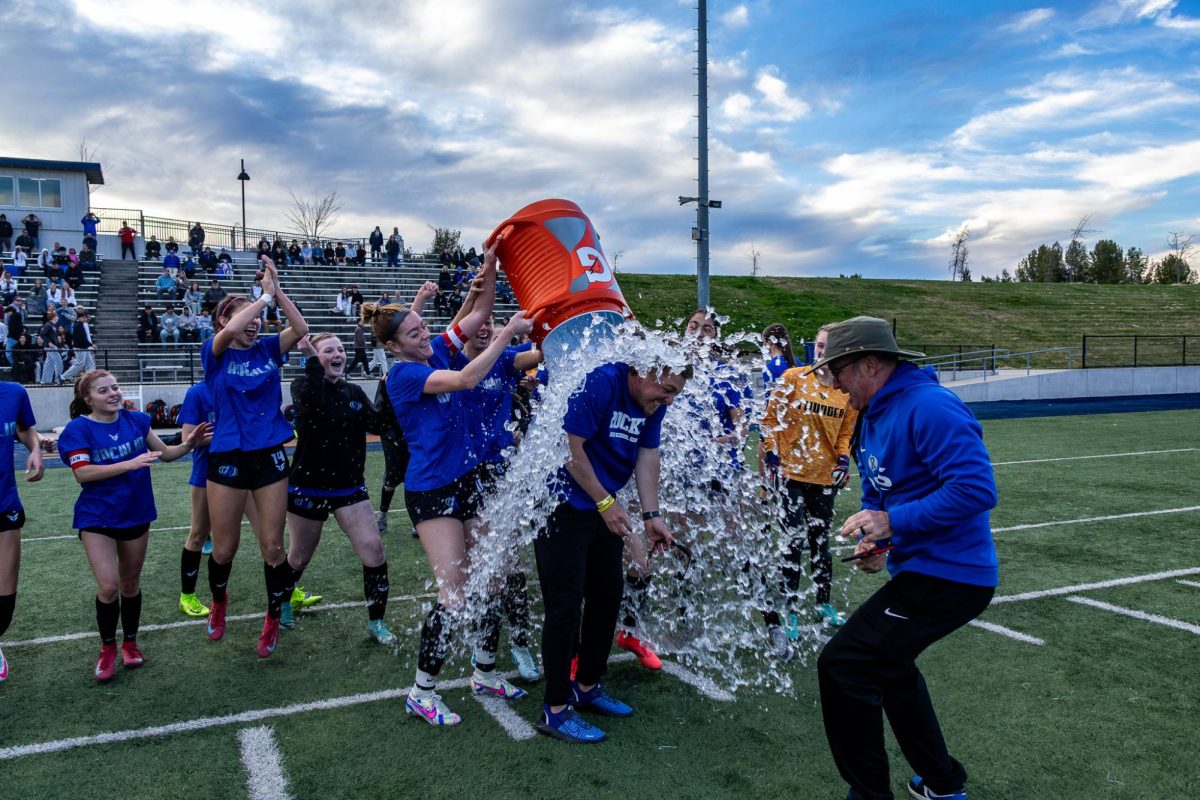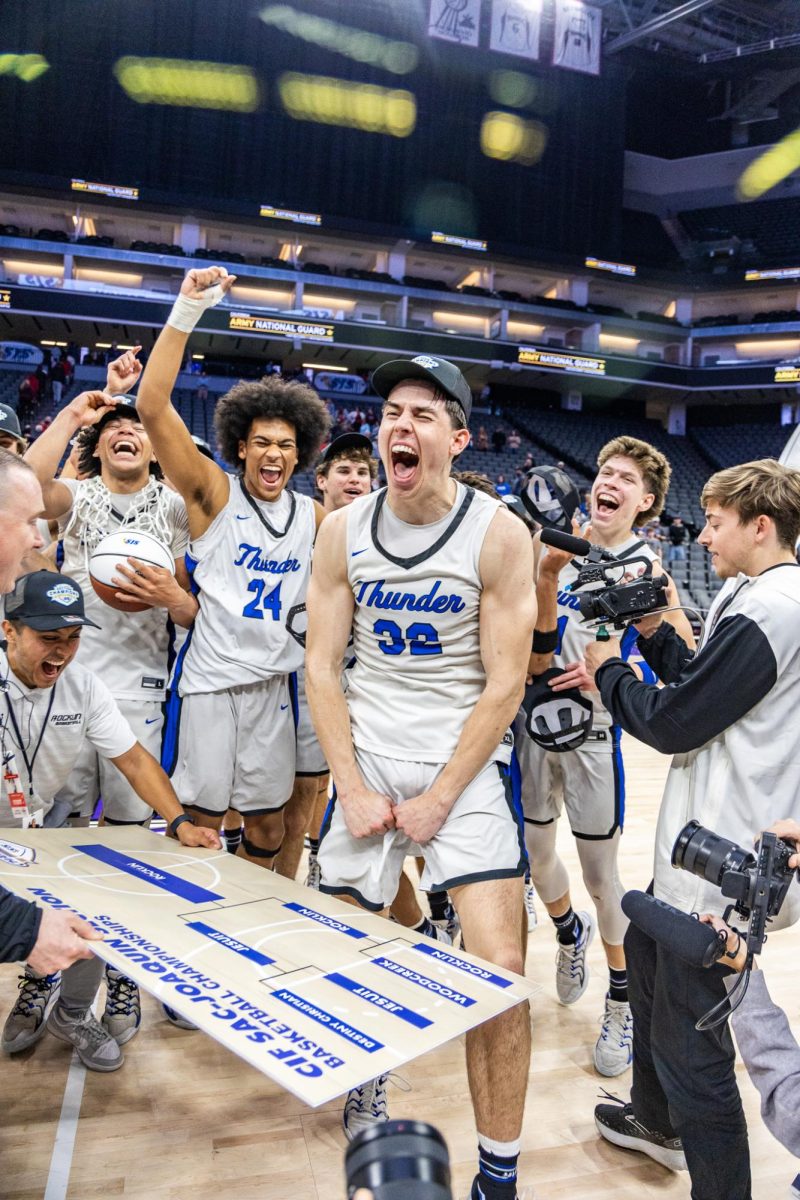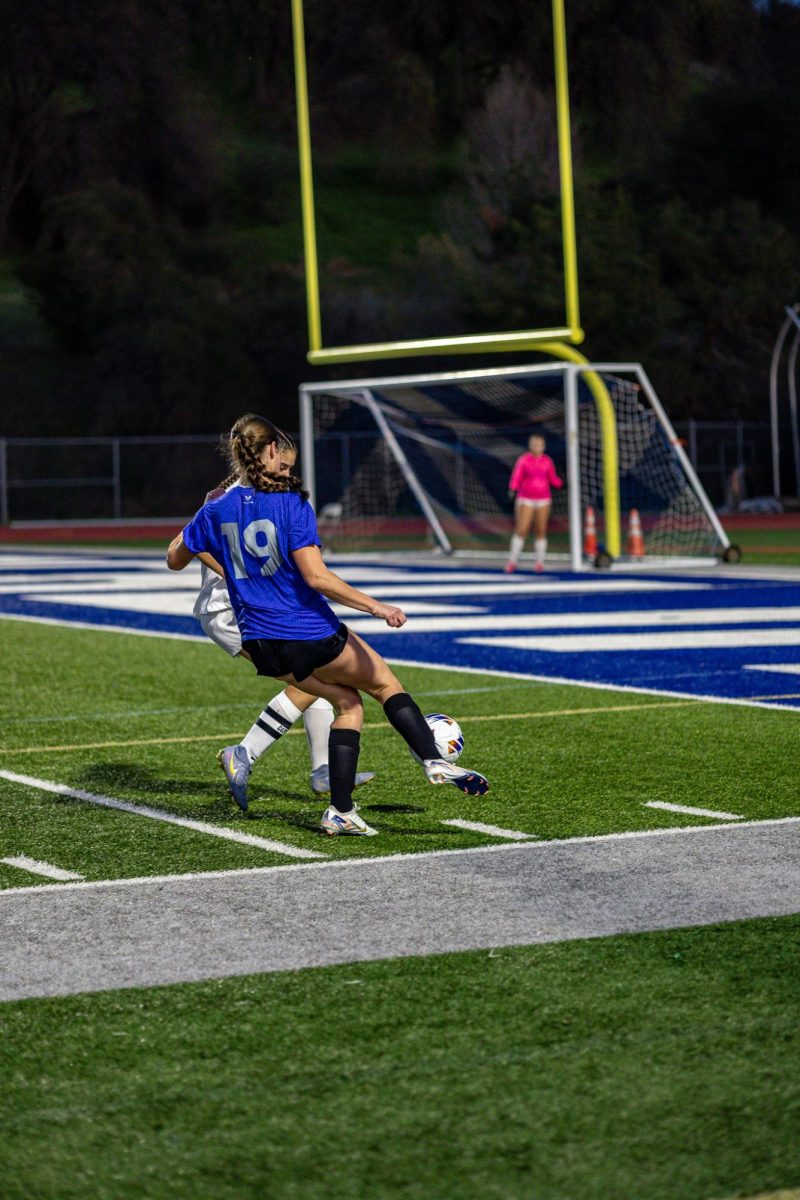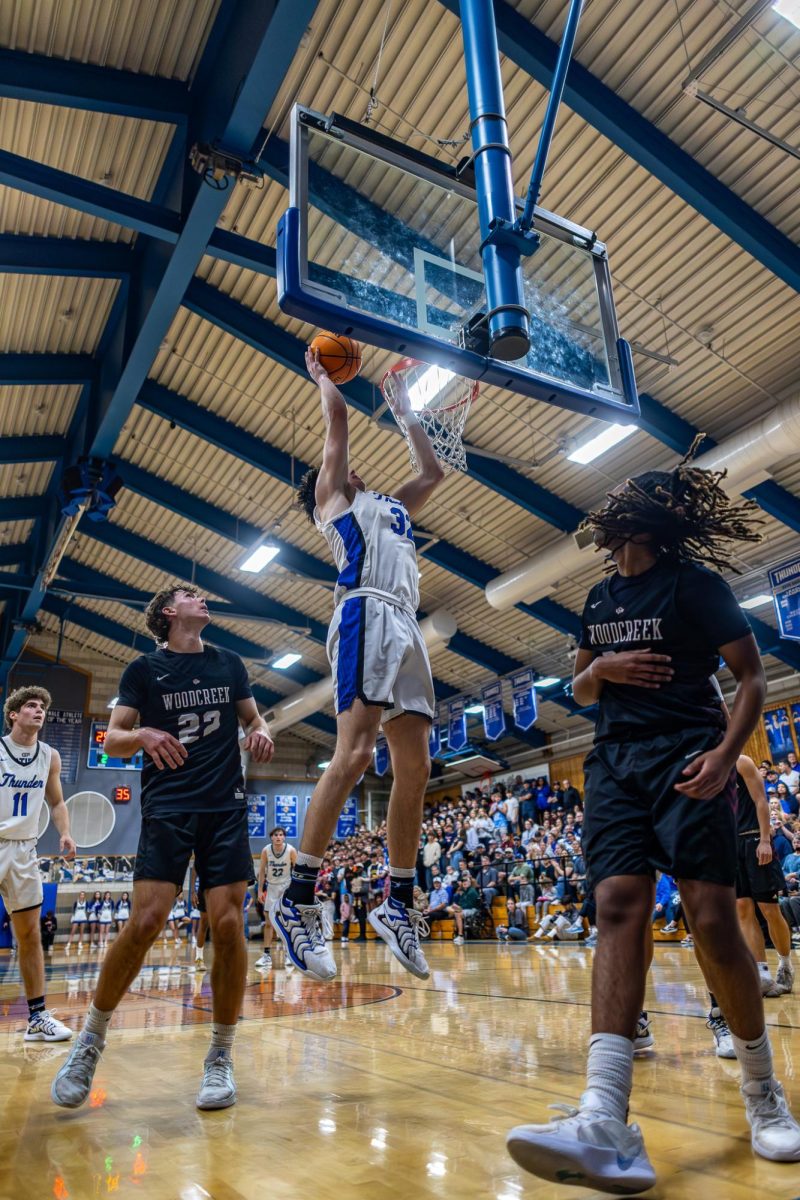All the Colors of the Rainbow
The lack of representation in movies and how it gets in the way of a progressive society.
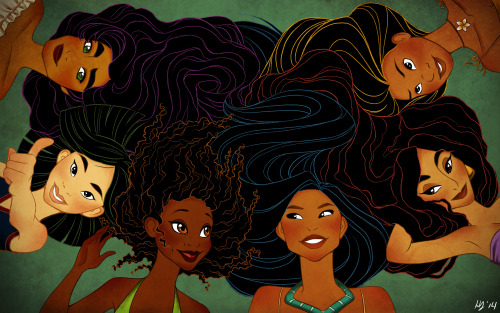
March 1, 2017
Before the movie about the stereotypical male hero started, a half-hour worth of movie trailers about other stereotypical male heros were played.
A study by the University of Southern California found that only about a third of speaking characters are female, and only 28.3 percent of dialogue was spoken by people of color, though they make about 40 percent of the U.S. population.
However, when it comes to movies, especially Hollywood, the issue gets bigger.
About 3.4 percent of film directors were female, and 7 percent of films had a cast that accurately represented the nation’s racial diversity.
Furthermore, 2 percent of all the characters were LGBTQ+ characters, and half of those characters came from just two movies out of all those examined in the study.
“The film industry still functions as a straight, white, boy’s club,” stated Stacy L. Smith, one of the founding directors at USC’s Annenberg School for Communications and Journalism.
Why is this lack of representation a problem for everyone?
Movies play a significant role in shaping the minds of the youth. They teach them how to act, how to talk, what is considered cool or trendy and the different cliques in society.
Because of this, it is a problem when women in movies are four times more likely to be there for sexual appeal.
How can we teach our daughters that they have a greater purpose in life than to be appealing to boys? How do we teach them to be future leaders when there is no such representation for them in the media that shapes their minds?
Furthermore, the news media companies do their own part on showing exaggerated stereotypes and inaccurate representation of people of color.
With a lack of positive representation for racial and religious minorities, the young and developing minds have little to look up to.
The negative stereotypes in movies feed the uneducated biased perception that many have against people of color. A lack of accurate representation will further the misunderstanding that people often have of other races.
Another minority group being harmed in this process is the LGBTQ+ community. Growing up in a heteronormative world (where most people have little knowledge of different sexual orientations and genders) takes its own toll on LGBTQ+ kids.
With entertainment offering almost no help in making these kids feel like they belong, feelings of ostracization can be aggravated. .
Having positive images of heroes who they can relate to can help them tremendously in dealing with the world.
Fear of being themselves is one of the most significant struggles of LGBTQ+ kids. If they have other people like them that they admire and look up to, it will definitely help them to show their true colors.
A future where people of all different races, religions, sexual orientations and gender are represented starts with the youth. So, let’s make sure they grow up with acceptance and tolerance in their hearts.



